
What is the citizen’s role in tackling one of the major issues our world is facing?
Global food waste
Global food waste continues to increase even though some people are starting to become more aware of the negative impacts they produce.
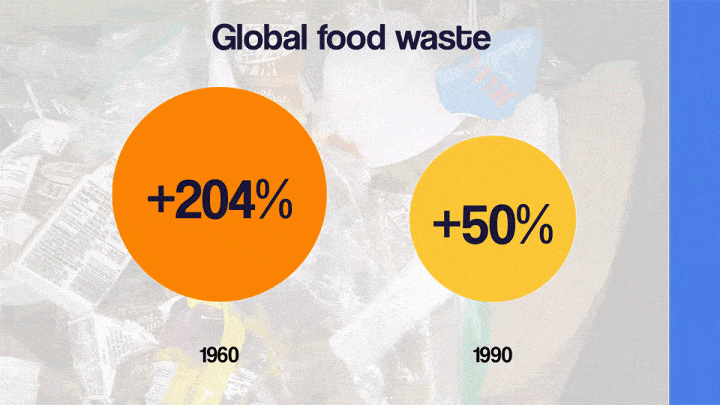
It has doubled since 1990, and has increased 204% since 1960. The CO2 emitted from food waste is equivalent to CO2 produced by 3 million cars annually. If we convert it into money, it is equivalent to 1 trillion dollars per year.
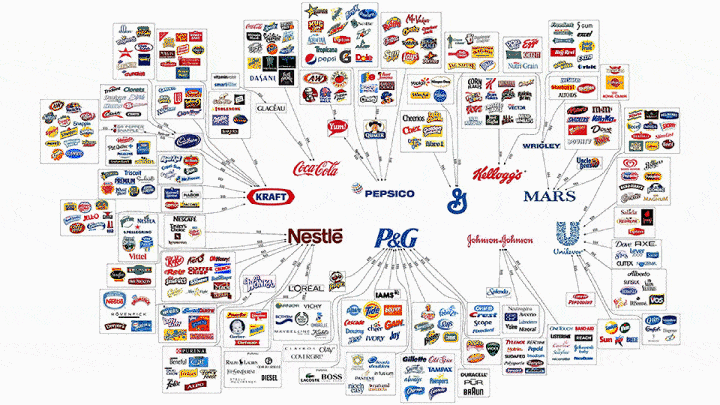
To address this issue, the group focused on the overproduction of Fast moving consumer goods (FMCG) food products. As these types of products contribute a large amount to global food waste.

Indeed, there is an overproduction of goods that is happening which leads to more waste being generated. Instead of thinking of ways to recycle and manage these food wastes, the group focuses on the starting point: how to prevent waste.
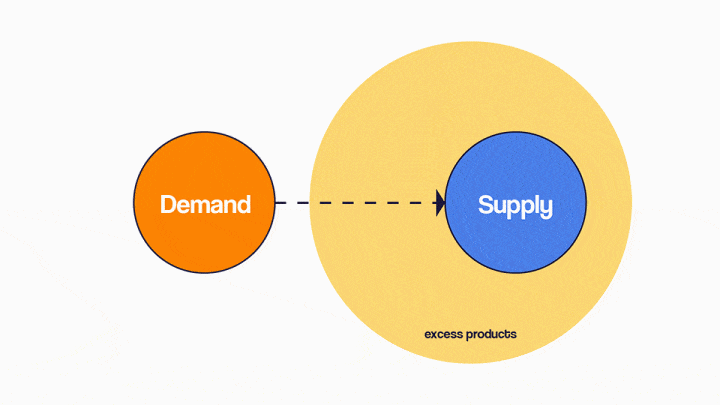
With this approach, the group targets having an almost equal demand-supply rate.
SMAR(ke)T

SMAR(ke)T is a shared platform between FMCG companies, retail grocery stores and customers. Its aim is to curb food waste by live tracking demand and supply rate generated by our three partners.
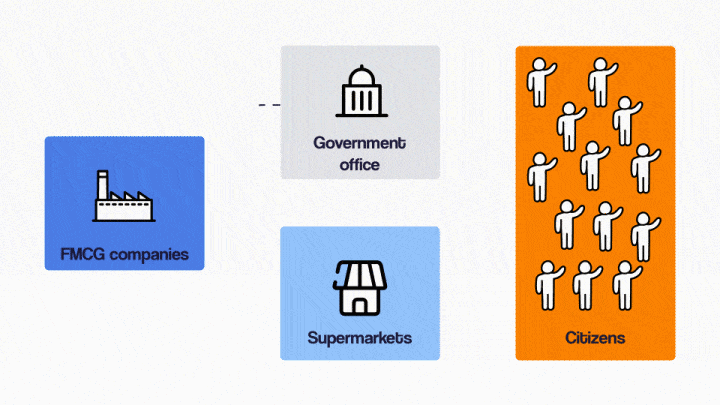
This platform is ignited by the inefficiency of the planned economy model. It shows a linear process starting from the government who predicts numbers based on manual calculations. This information is transferred to the FMCG companies for production, distributed to retail stores, and lastly to the end-users.
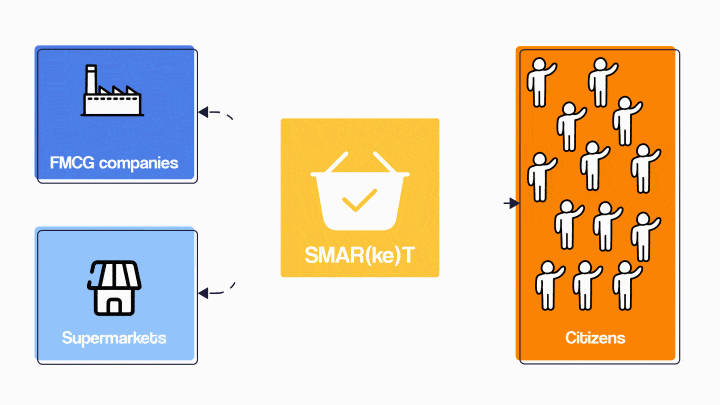
With the use of big data and aid of technology, the group remodeled this where the circular process is featured.
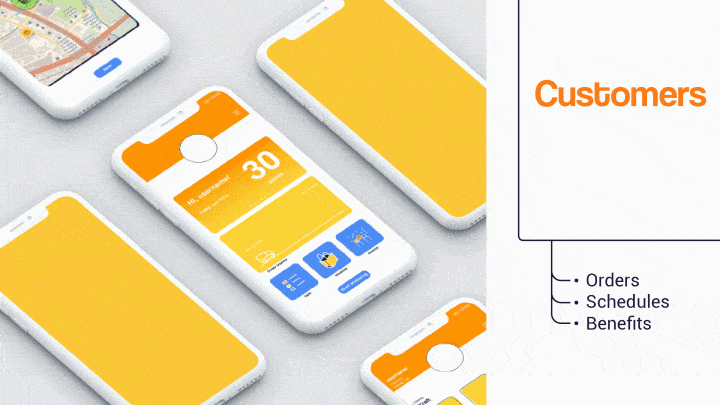
This allows the users or customers to get engaged in the production of goods.
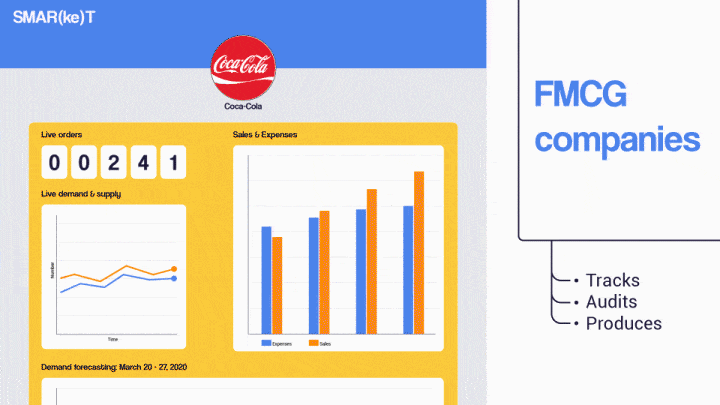
At the same time, it informs the FMCG companies and retail stores about accurate demand rates based on real-time data.
The System
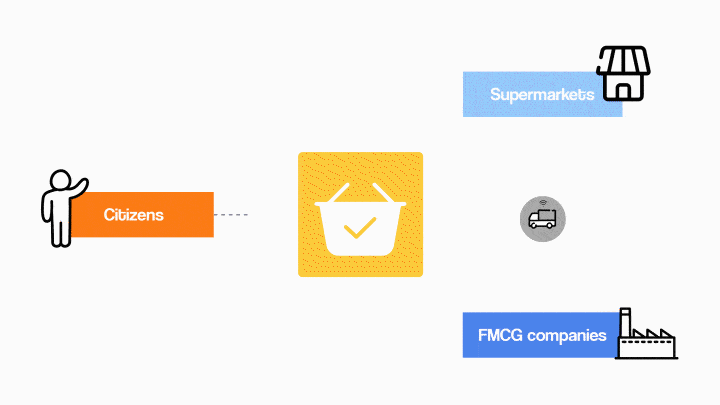
How does the system work?
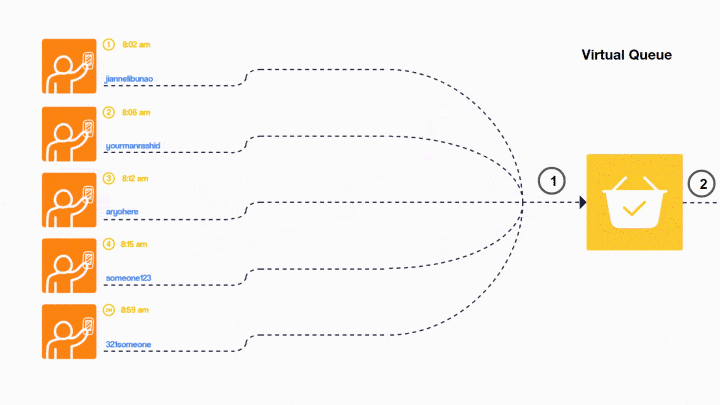
Users will make orders based on their preferences which will be sent to the centralized platform. This information then will be sent to the retail stores and lastly to the FMCG companies. The process of production will begin based on the live demand after the data is received by each company. Once done, these products will be delivered to its dedicated retail stores. The users will be informed once their order is ready for pick-up or delivery.
User Experience
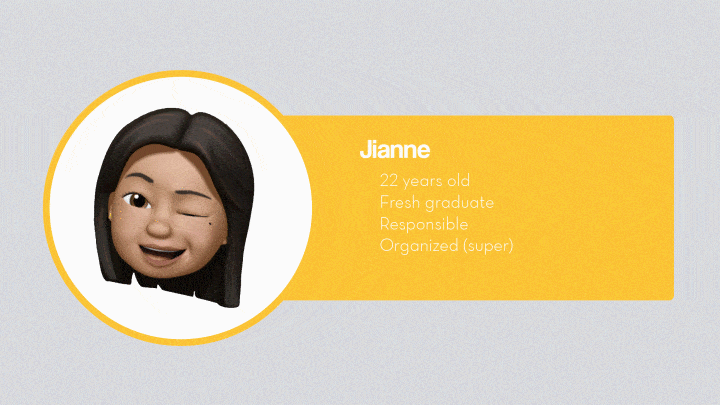
Meet Jianne. She likes to order in advance. At the same time, she always chooses the nearest grocery store. With these simple choices, she knows that she will generate more points which later can be used to access other city services.
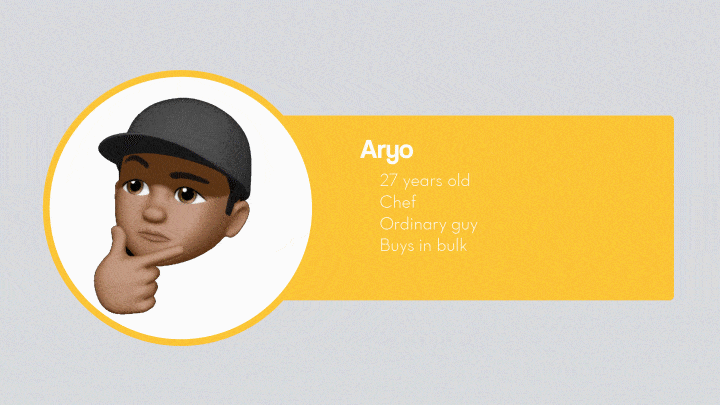
Meet Aryo who owns a restaurant which is why he does bulk buying. Like Jianne, he also orders in advance and chooses the nearest grocery store. In return, he keeps on having more points and uses these in getting discounts in some of his purchases. Lastly, to make sure his products are always fresh, he chooses the further date from the expiry date (dynamic pricing). This simple decision not only saves him money but also helps the retail stores in waste reduction efforts.
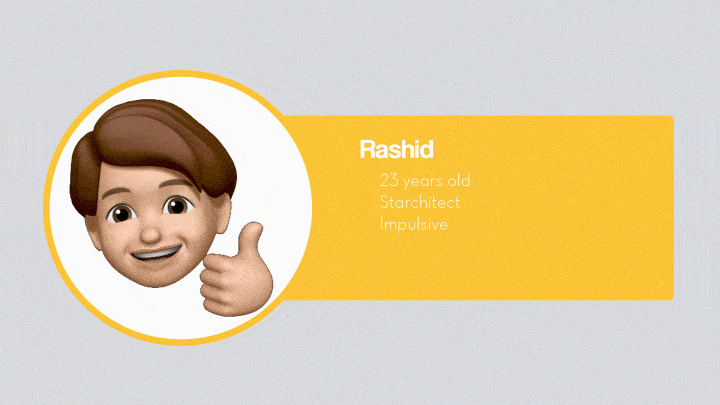
Meet Rashid. Compared to the two, he makes his order on the same day he plans to do grocery shopping. As a result, he does not garner enough points. Realizing that these points could be useful for him, he decided to change his behavior and started practicing planning in advance.
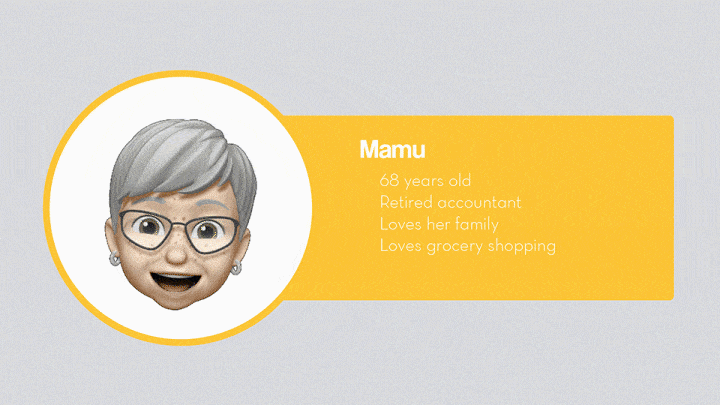
Lastly, meet Mamu, a non-user of SMAR(ke)T. With the platform, she can still do her routine normally since there is the 10% percent of excess supply provided. At the same time, it also applies its features to the physical stores such as the dynamic pricing and discounts when bulk buying. At the end of her shopping, she could be a member of the platform through a smart card.
New Experience
SMAR(ke)T does not only stop at planning your grocery shopping ahead and dynamic pricing. With the continuous use of this platform, a new purpose is given to how retail stores could operate in the future.
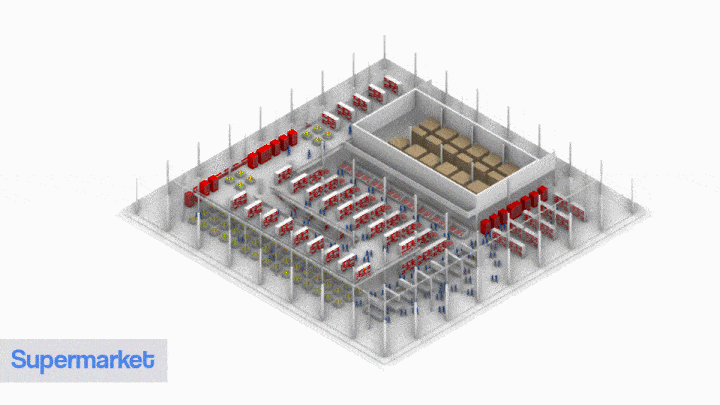
The platform revolutionizes how demand and supply could be utilized at its maximum performance. As it continues to optimize the production process, this saves more space to the retail stores. These extra spaces could be turned into something meaningful and engaging to everyone.
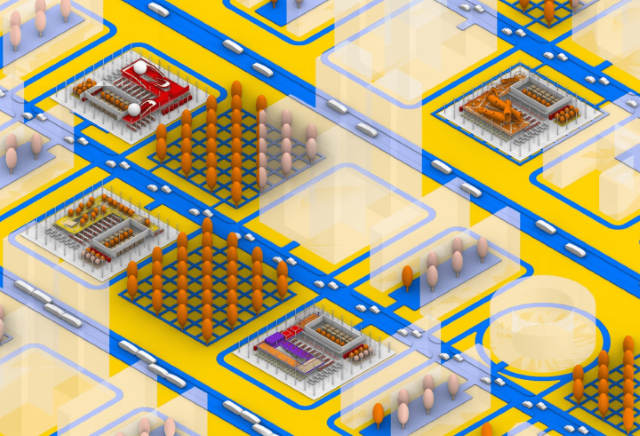
Over the time, SMAR(ke)T also allows the users to incentivize other non-users by providing them new experiences with the free space. Its digital initiative creates a new experience to the physical fabric of the retail stores up to the city scale.
Positive Impact
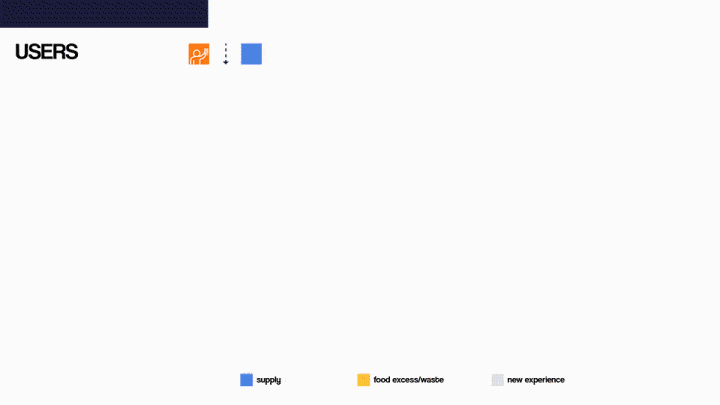
With this platform, we are able to achieve our goal by including the citizens into the equation. We believe they are not just passive consumers. Contrary to popular belief, they are active users who have the power to create big positive impacts to the world by giving them voice.
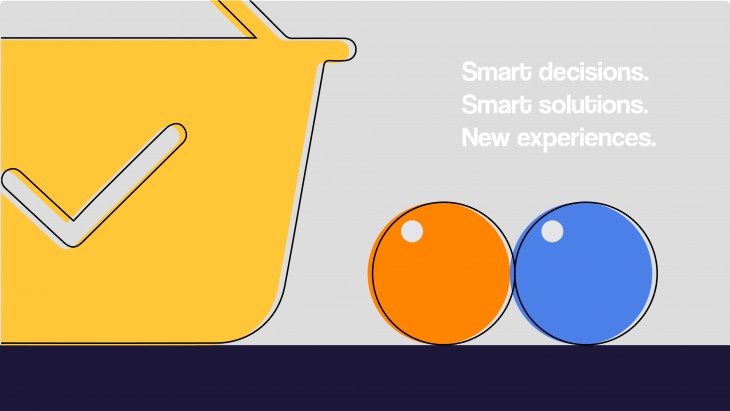
By including the citizens, it creates more positive results, personally and environmentally. At the same time, trust between different sectors of the city. Especially in this case, new experiences.
SMAR(ke)T is a project of IaaC, Institute for Advanced Architecture of Catalonia
developed at Master in City & Technology in (2019/2020) by:
Students: Aryo Dhaneswara, Rashid Gilfanov, Jianne Libunao
Faculties: Kathrin DiPaola & Julius Streifeneder